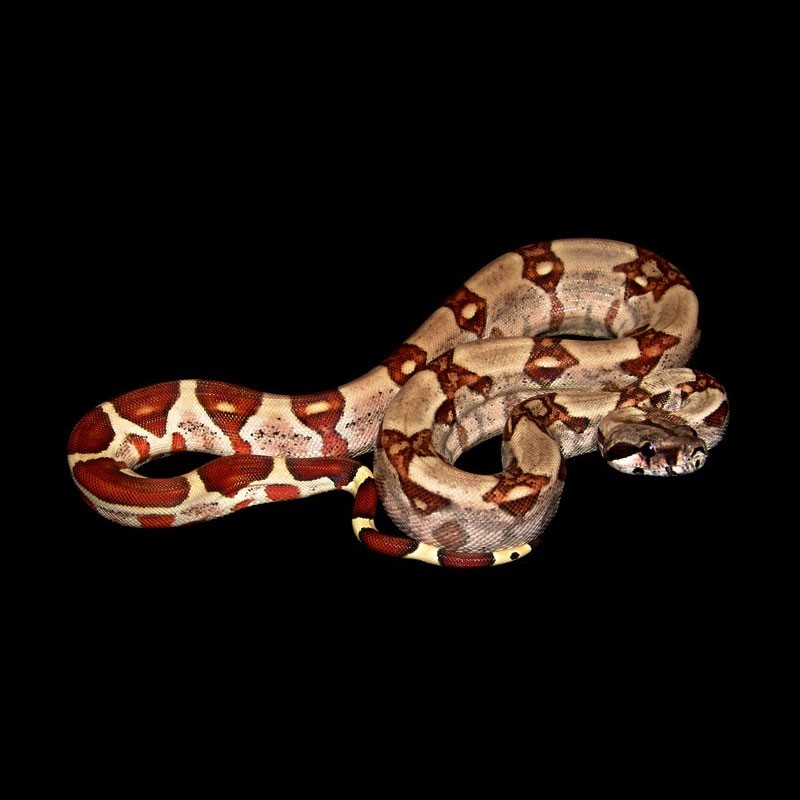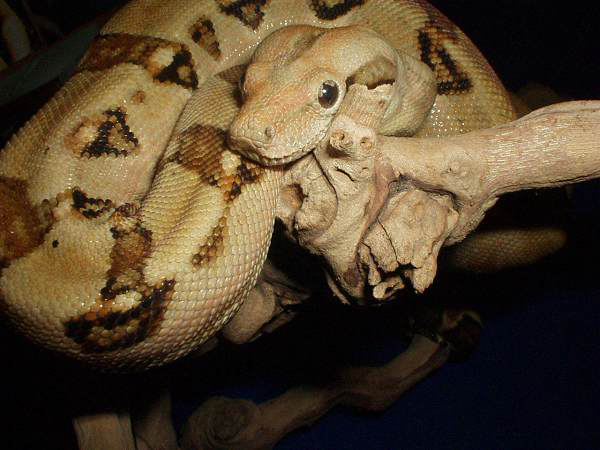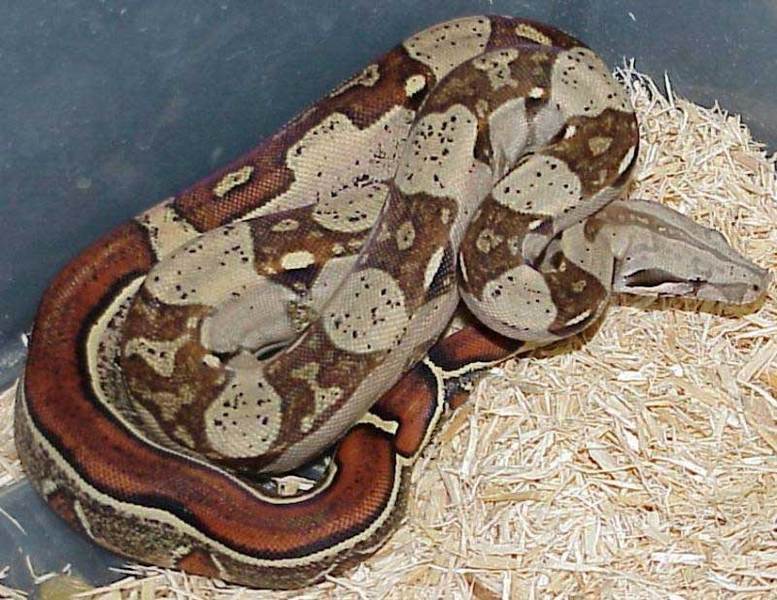

The Hypo animals naturally occurring Hypo-melanistic trait, making the snakes lose most of their black pigmentation. Boa Imperator is wide-ranging and as a result, the appearance of this snake varies greatly depending on the specific locality. The normal or “Wild type” color, typical of most imperator, and “Hypo” color variant. Boa Imperator is extremely popular in the exotic pet trade, due in part to the vast amounts of color and pattern morphs that breeders are creating, as well as their manageable size in comparison to Boa constrictor. It is indigenous to Colombia and other parts of Central and South America. The Boidae family of snakes includes the non-venomous Boa Imperator species. Nicaraguan Boas have two naturally occurring color variants. There are several markers, but no single marker makes the absolute difference as boa imperator can have quite some markers of boa constrictor (aka the redtail. Classification: Boa constrictor imperator. In the pet trade, Nicaraguan Boas have been line bred in order to bring out their naturally light coloration, further reducing the black pigmentation. Head and Eyes: They have a distinct triangular-shaped head and relatively small eyes compared to their body size.


Scales: The scales of the Nicaraguan Boa are smooth and glossy. The tail is typically reddish, giving rise to the common name “Red-tailed Boa.”īody Shape: They have a robust and muscular body, well-suited for their constricting feeding strategy. Size: The Nicaraguan Boa is a medium-sized boa, with adult individuals typically reaching lengths of 5 to 7 feet (1.5 to 2.1 meters).Ĭoloration: They have a beautiful and variable color pattern, with a light brown or tan background color and dark brown or reddish-brown markings. It is important to note that habitat loss, illegal collection for the pet trade, and potential impacts of introduced species can affect local populations. However, the species as a whole ( Boa imperator) is listed as “Least Concern” on the IUCN Red List. The Nicaraguan Boa ( Boa imperator) is not assessed as a separate species for conservation status by the International Union for Conservation of Nature (IUCN).


 0 kommentar(er)
0 kommentar(er)
